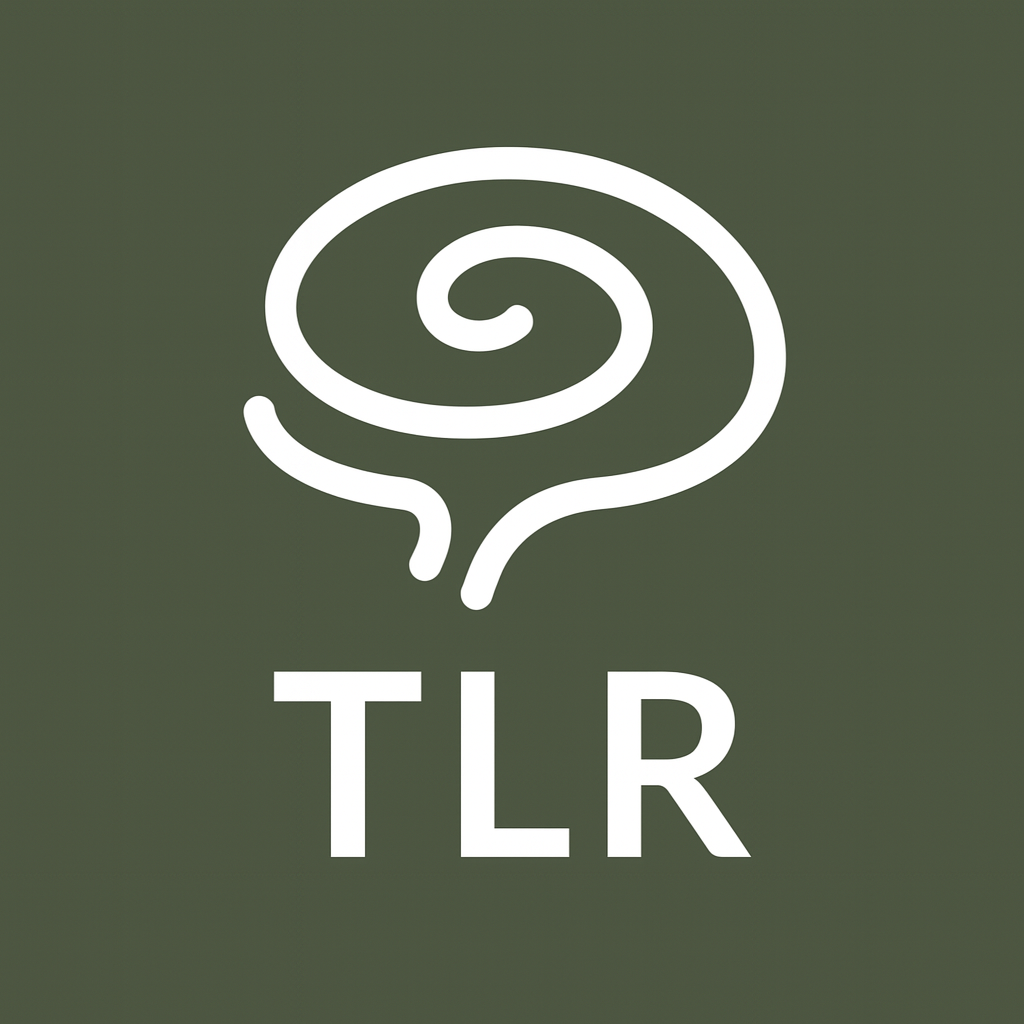Why TLR Works
Think of a memory like hardened glass. Try to bend it cold, and it shatters — but apply heat at the right moment and it reshapes.
With TLR, that “heat” is the exact moment a memory is active. Timing is everything.
When we recall a painful memory or emotional trigger, the limbic system — the emotional brain — instantly reactivates the old response: images, sounds, body sensations. Trying to change this with logic or “positive thinking” usually fails — the rational mind is too slow, and the emotional brain doesn’t trust it.
TLR works because it bypasses that analytical resistance and speaks directly to the limbic system in real time — while it’s “listening” and ready to update its map of the world.
Where TLR Comes From — and How It’s Different
TLR belongs to the family of psycho-sensory therapies — approaches that use physical sensory input to influence the emotional brain. It is inspired by and builds upon earlier methods such as:
-
EFT (Emotional Freedom Techniques) and TFT (Thought Field Therapy) — tapping on meridian points while verbalising thoughts.
-
Havening Techniques — gentle touch with positive imagery.
-
EMDR (Eye Movement Desensitisation & Reprocessing) — bilateral sensory stimulation to reprocess trauma.
While these methods opened the door to combining touch and memory recall, TLR takes a different, more streamlined route:
-
No meridian maps or long tapping scripts — TLR uses simple, rhythmic tactile input anyone can learn in minutes.
-
First-person reframing during sensory input — the client repeats short “I” statements while the limbic system is receptive, so the update is taken as a literal truth.
-
Focus on interpretive imprints — TLR doesn’t just target the event; it addresses the meaning the person gave it at the time — the belief that still drives today’s reactions.
-
Works at the level of emotional reflex — often producing results in minutes where years of talk therapy haven’t.
The Three Keys to TLR
-
-
Tactile sensory input – Gentle tapping, rubbing, stroking, or even clapping sends a direct, bottom-up signal to the limbic system. This part of the brain is wired to interpret sensory information instantly — before logic gets involved. When it receives this rhythmic input, it focuses attention on it, breaking the usual stress response and entering a receptive state.
-
Limbic meaning update – While the sensory input is active, the limbic system is “listening” closely for what this moment means. It’s like heating glass: the material becomes flexible, ready to be reshaped. The combination of tactile focus and emotional activation creates a unique opening to rewrite the memory’s emotional meaning.
-
First-person reframing (during input) – In this receptive state, short “I” statements (“I’m safe now,” “It’s over,” “I can let it go”) are interpreted by the emotional brain as literal, present-moment truth. There’s no logical filter — the update is accepted directly, allowing the old emotional reflex to dissolve and be replaced with a calmer, more accurate response.
-
What This Changes
You may still know what happened, but the old subjective references — the pictures, sounds, and body sensations — lose their emotional charge or vanish entirely. The reflexive fear, shame, or pain is gone, leaving clarity and calm.
What TLR Can Help With
-
Anxiety & Panic
-
Phobias (incl. Dentophobia)
-
PTSD & Trauma Memories
-
Grief & Loss
-
Shame, Guilt, Self-Blame
-
Anger & Resentment
-
Low Self-Esteem
-
Chronic Stress
-
Chronic Pain (with emotional/stress component)
-
Emotional Eating & Cravings
-
Procrastination & Self-Sabotage
-
Performance Anxiety
-
Sleep Issues (emotion-driven)
-
Relationship Triggers
In simple terms: The tactile input opens the door; the reframing walks in without resistance. The protective limbic system updates its map through a direct, felt experience — so letting go becomes the natural next step.
If it’s driven by an emotional reaction rooted in the past, TLR can help release it — often in a surprisingly short time.
